The National Art and Design Saturday Club Summer Show, London
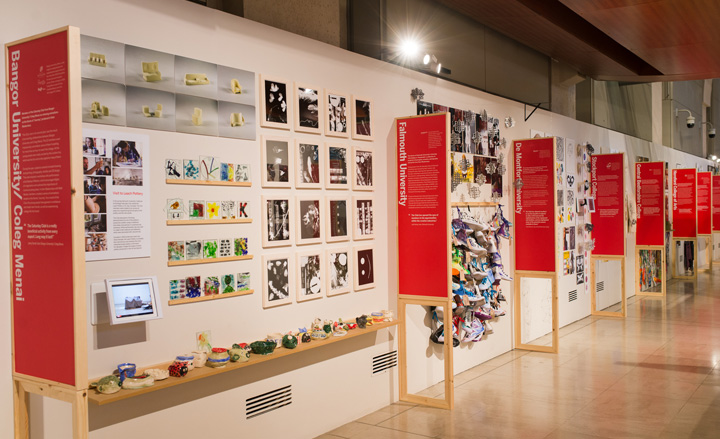
The National Art & Design Saturday Club offers young people aged 14 to 16 the chance to tap into art and design courses every Saturday morning at local colleges or universities for free, propelling them along a pathway to higher education, as well as careers in the creative industries. The concept was initiated four year ago by The Sorrell Foundation, a charitable organisation set up by Sir John and Lady Frances Sorrell, who laid the foundations for the scheme’s flourishing contemporary incarnation today.
Over the course of thirty weeks, members delve into disciplines as wide-ranging as drawing, ceramics and sculpture to digital media, photography and product design, as well as visiting London’s top museum - the V&A - and galleries. Moreover, the Saturday Club offers pupils a chance to attend masterclasses with leading industry figures, such as graphic designer and Pentagram partner Domenic Lippa, artist Antony Gormley and designer Thomas Heatherwick.
This finally cumulates in a showcase of work at Somerset House in their own Summer Show, casting the spotlight on the artistic output of the hundreds of teenagers who partake in the club. At the opening of this year’s exhibition, Lady Frances Sorrell announced ‘Creative Career Visits’, a new initiative for the scheme next year, which will see members visiting creative companies to help guide youngsters in making informed choices as they look towards the future. It'll be another springboard for catapulting them into the creative industries.
We spoke with Sir John Sorrell - who, as well as being co-founder of The Sorrell Foundation, also set up the London Design Festival, is a UK Business Ambassador for the creative industries and has just been named Chairman of University of the Arts London - to find out what inspired the Saturdary Club concept…
Is there an international precedent for this kind of organisation?
It's actually a homegrown idea. There was a government policy in the 1950s, 60s and 70s that introduced the Saturday Club across the country. I went to Saturday Clubs myself, as did Frances [Sorrell], John Hegarty, Michael Foreman, and Christopher Lebrun. We set up the National Art & Design Saturday Club to revive what was a brilliant idea and which catapulted the careers of many leading figures in the creative industry. And now we are being asked by countries all over the world if we can help them replicate it.
Why didn't it keep going?
As far as I can tell, it stopped around the 1970s. Government cuts, perhaps? I've never been able to understand why.
What is different about what you are offering today?
What makes this different is that we have created a national network for it. There are 26 different colleges and universities (and one museum) involved across the country and we expect this to go above 30 in the next academic year. Once a year we bring all the tutors together to discuss best practice, and we bring the kids to London to visit all the galleries.
It's about giving young people 'a look in the kitchen', as my wife says. And to hopefully help them to take forward a love of the arts into their careers, no matter what they do. The age of 14 to 16 is a very important one to target because it's an age when a lot of people drop out of these subjects. The classes are providing about 100 hours of extra tuition throughout the academic year.
How is the show at Somerset House curated?
The tutors of each college or university decide what goes in, but the rules are that every young person who attends the clubs has to be represented. All of the people are presented with a certificate of involvement. It's like a mini graduation.
Where did you go to college?
I went to Hornsey College of Art in North London, which has now been swallowed up by Middlesex University. My education was absolutely amazing. I was taught by brilliant people, including Bridget Riley. Every single day there was a tutor in the room. You learned fast and you learned about the importance of working hard and the total joy of creativity. I went to art school when I was 16 and started my own business at 19.
How do you think the UK government can improve its teaching in the creative arts?
We believe that art and design needs to be taught very well at schools, at both primary and secondary stages and all the way through to higher education. We want to see a seamless pathway all the way through to careers in the industry, for those for which it is their vocation. We'd like to see art, design and technology rolled together as they are so closely related. It helps to have an understanding of different disciplines. If we manage to get it right, we have an opportunity to be the greatest creative nation in the world.
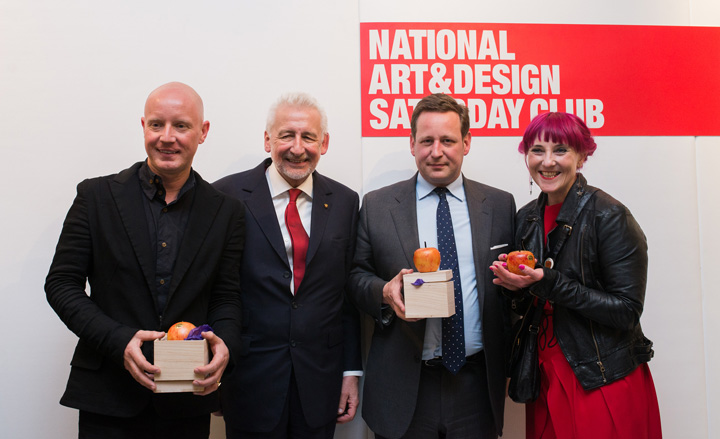
From left: Fashion and textile designer Lee Lapthorne, The Sorrell Foundation co-founder Sir John Sorrell, Rt Hon Ed Vaizey, and Pentland Brands creative director Katie Greenyer

Artwork for sale by Club members at Coventry University
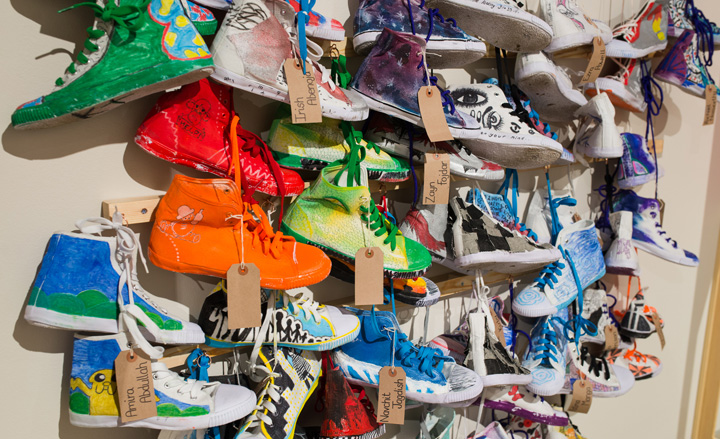
Customised trainers by Club members at De Montfort University
ADDRESS
Somerset House
Strand
London WC2R 1LA
Receive our daily digest of inspiration, escapism and design stories from around the world direct to your inbox.
-
 The Mercedes-Benz Vision Iconic is automotive haute couture, a concept with cinematic style
The Mercedes-Benz Vision Iconic is automotive haute couture, a concept with cinematic styleThe Vision Iconic concept makes a play for a new approach to future luxury, blending art-deco excess with neo-gothic trimmings and monumental scale
-
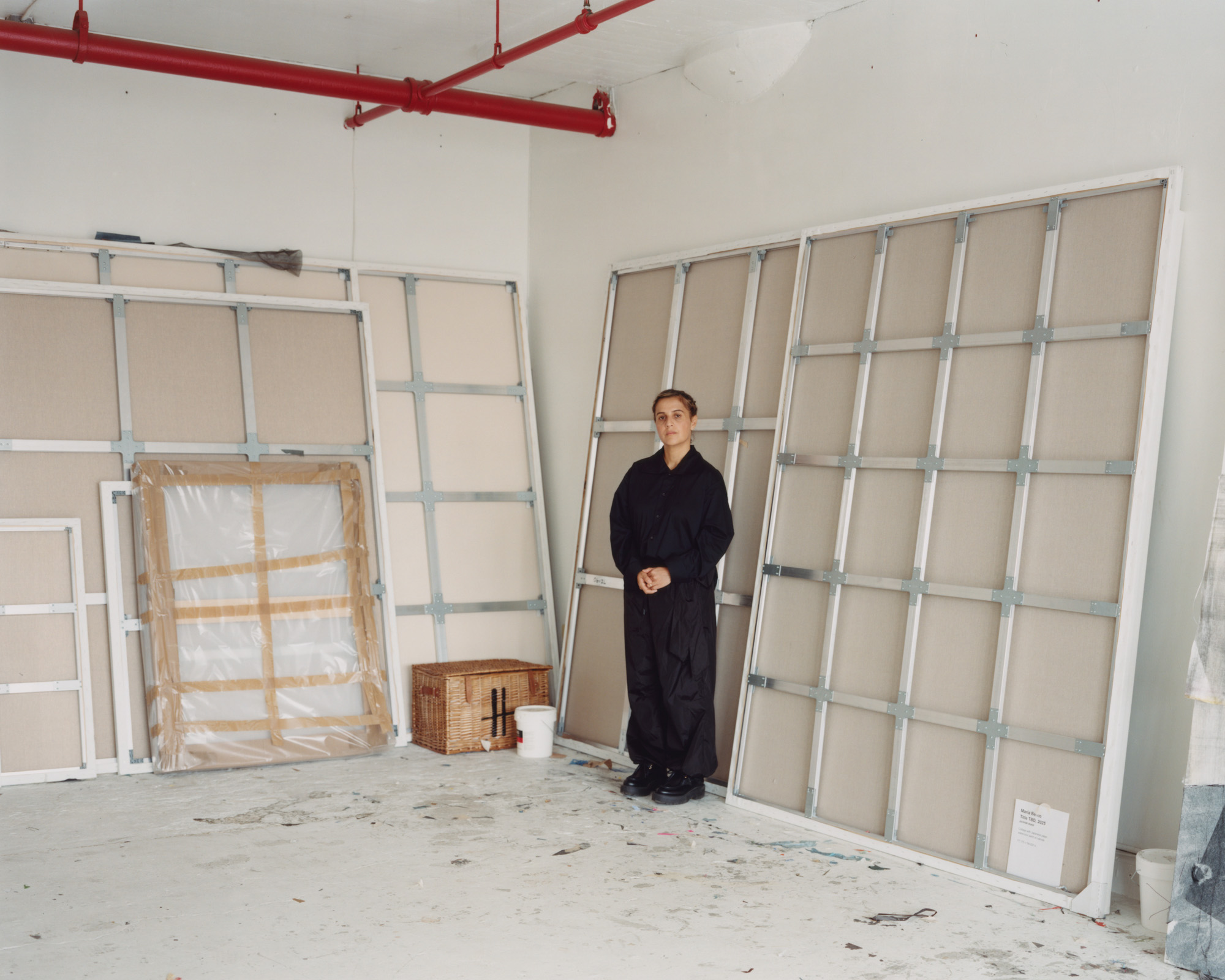 María Berrío creates fantastical worlds from Japanese-paper collages in New York
María Berrío creates fantastical worlds from Japanese-paper collages in New YorkNew York-based Colombian artist María Berrío explores a love of folklore and myth in delicate and colourful works on paper
-
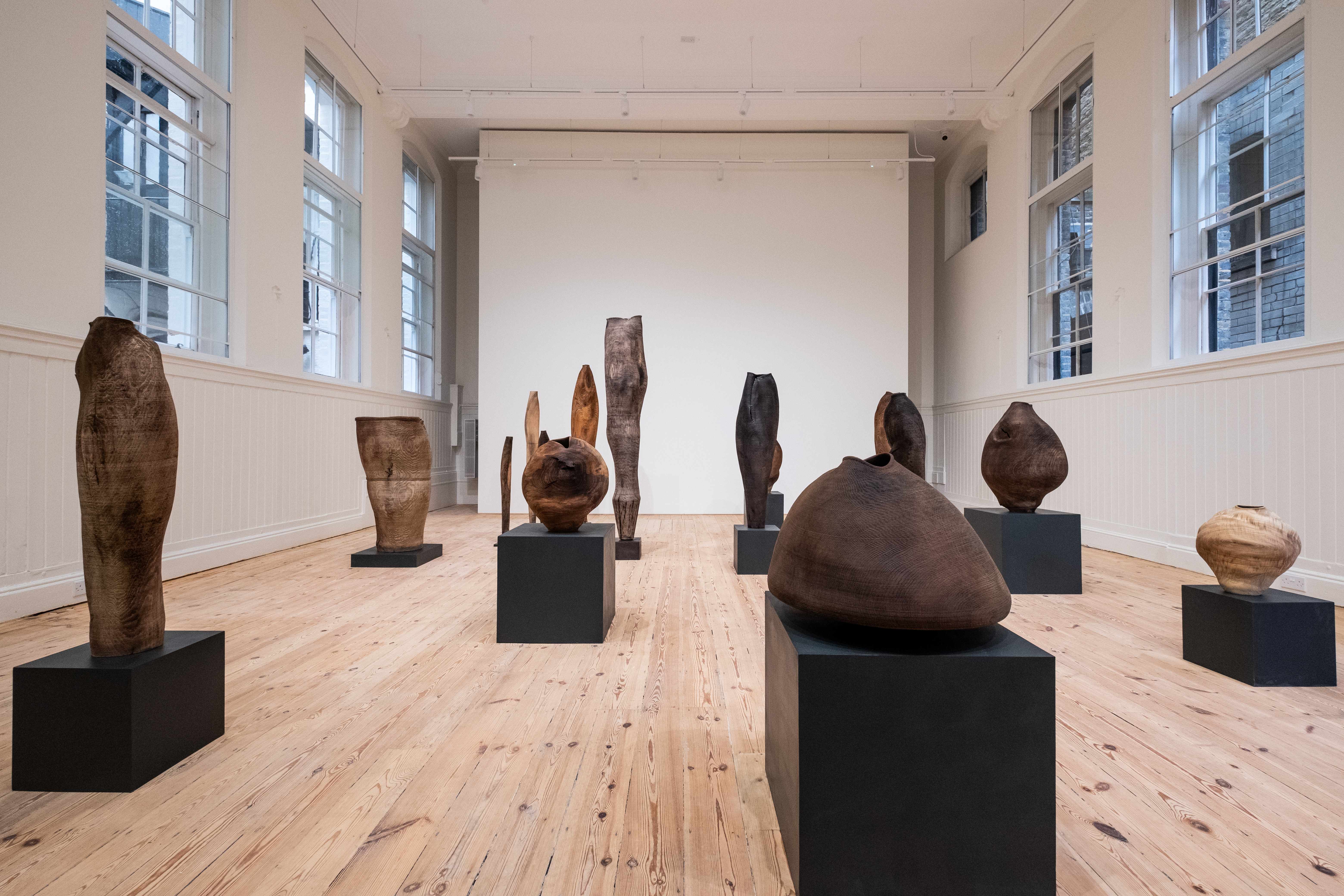 A once-abandoned Mayfair schoolhouse is set to become London's ultimate destination for crafted arts
A once-abandoned Mayfair schoolhouse is set to become London's ultimate destination for crafted artsGallerist Sarah Myerscough opens a new permanent location, which will serve as a space to celebrate and foster craftsmanship in the city
-
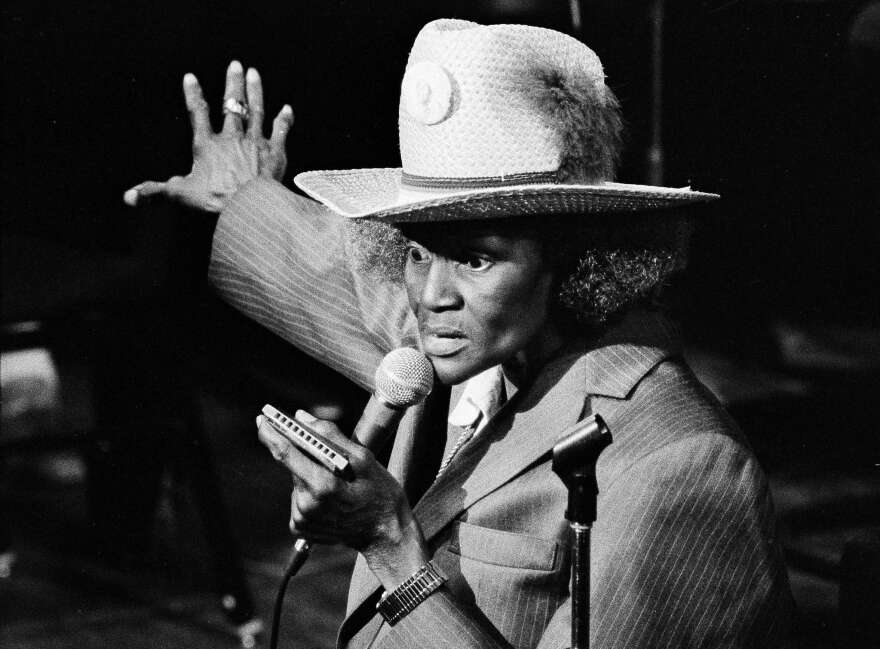 Doc’n Roll Festival returns with a new season of underground music films
Doc’n Roll Festival returns with a new season of underground music filmsNow in its twelfth year, the grassroots festival continues to platform subcultural stories and independent filmmakers outside the mainstream
-
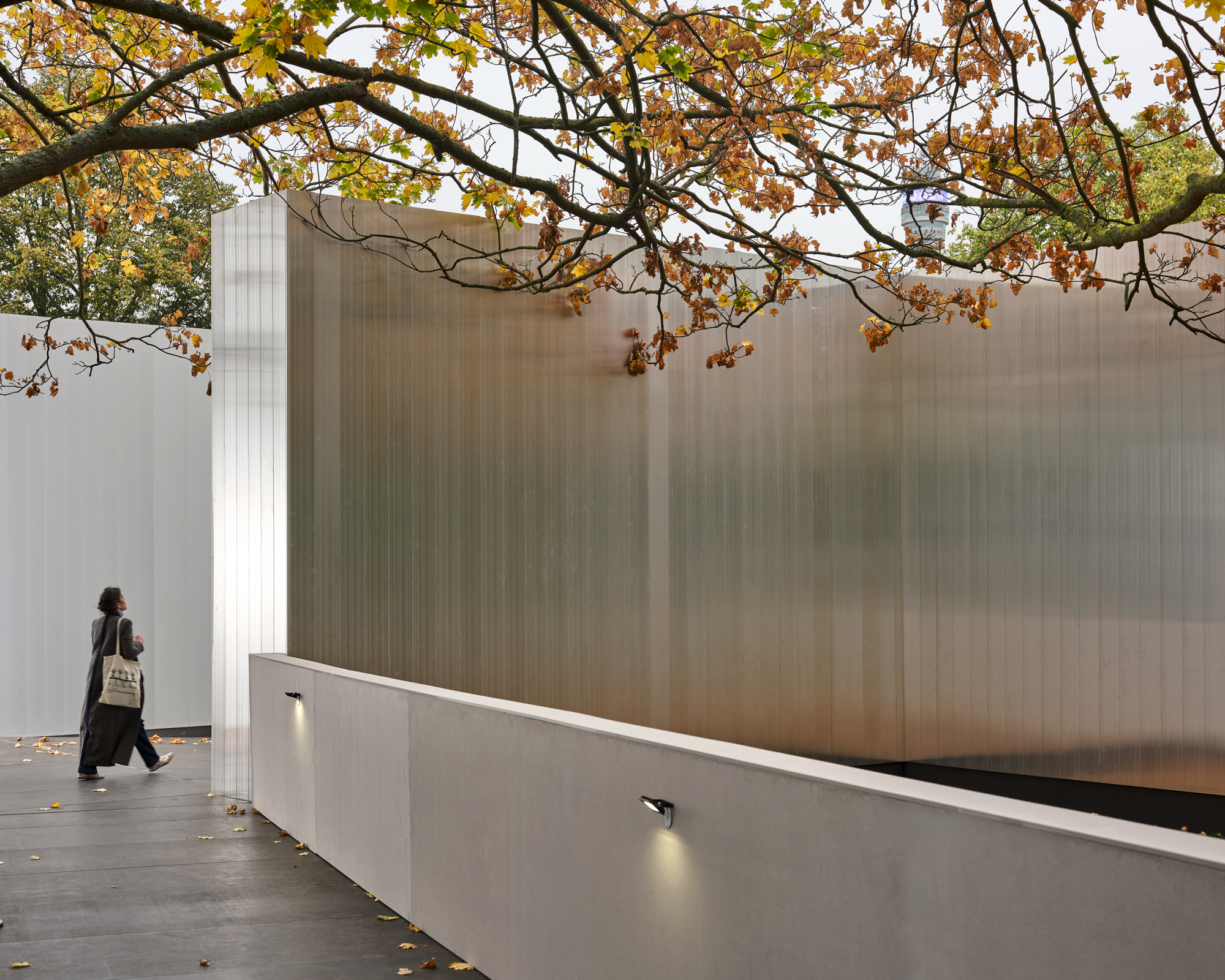 Out of office: The Wallpaper* editors' picks of the week
Out of office: The Wallpaper* editors' picks of the weekThe London office of Wallpaper* had a very important visitor this week. Elsewhere, the team traverse a week at Frieze
-
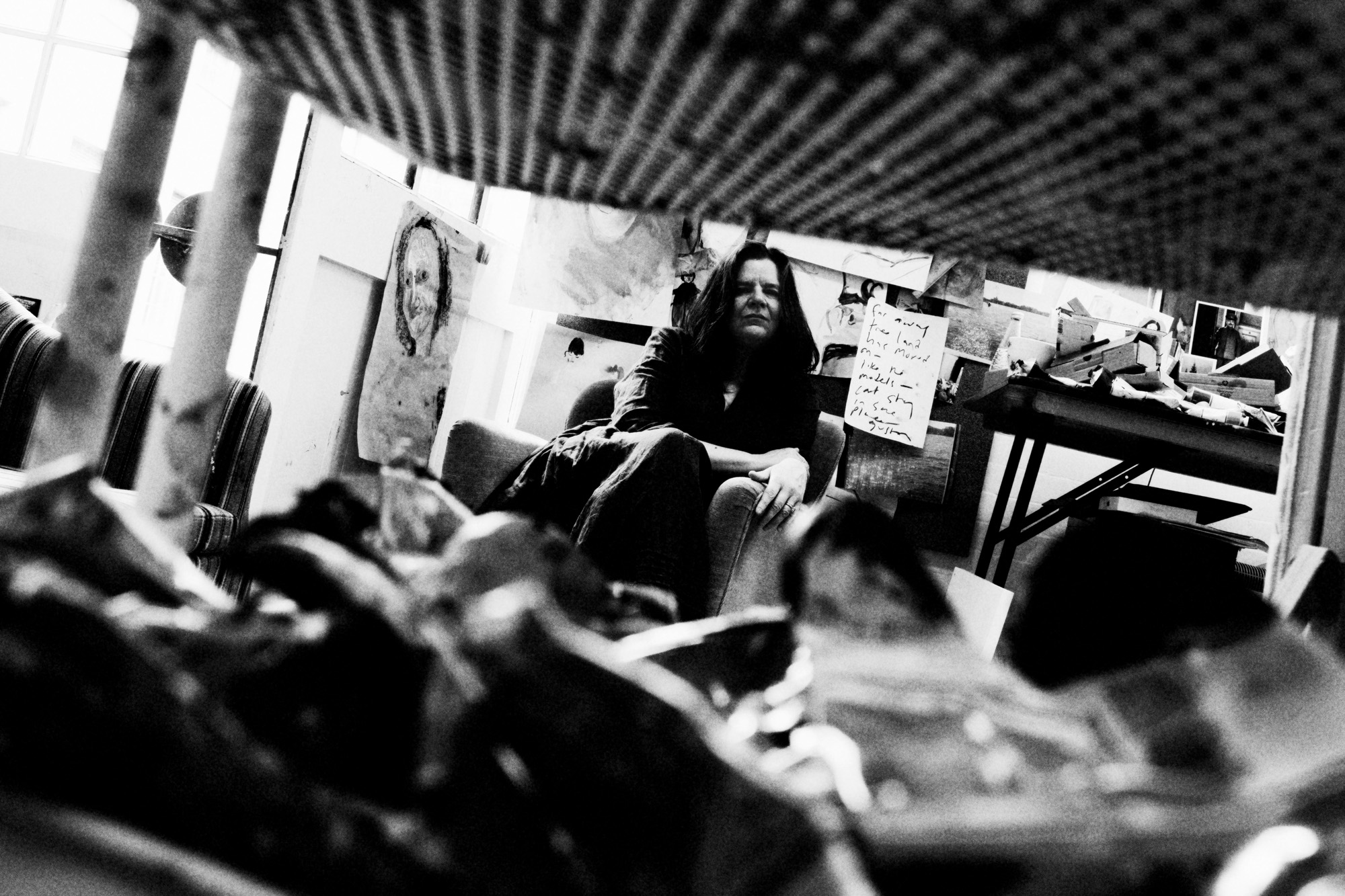 Chantal Joffe paints the truth of memory and motherhood in a new London show
Chantal Joffe paints the truth of memory and motherhood in a new London showA profound chronicler of the intimacies of the female experience, Chantal Joffe explores the elemental truth of family dynamics for a new exhibition at Victoria Miro
-
 Leo Costelloe turns the kitchen into a site of fantasy and unease
Leo Costelloe turns the kitchen into a site of fantasy and uneaseFor Frieze week, Costelloe transforms everyday domesticity into something intimate, surreal and faintly haunted at The Shop at Sadie Coles
-
 Can surrealism be erotic? Yes if women can reclaim their power, says a London exhibition
Can surrealism be erotic? Yes if women can reclaim their power, says a London exhibition‘Unveiled Desires: Fetish & The Erotic in Surrealism, 1924–Today’ at London’s Richard Saltoun gallery examines the role of desire in the avant-garde movement
-
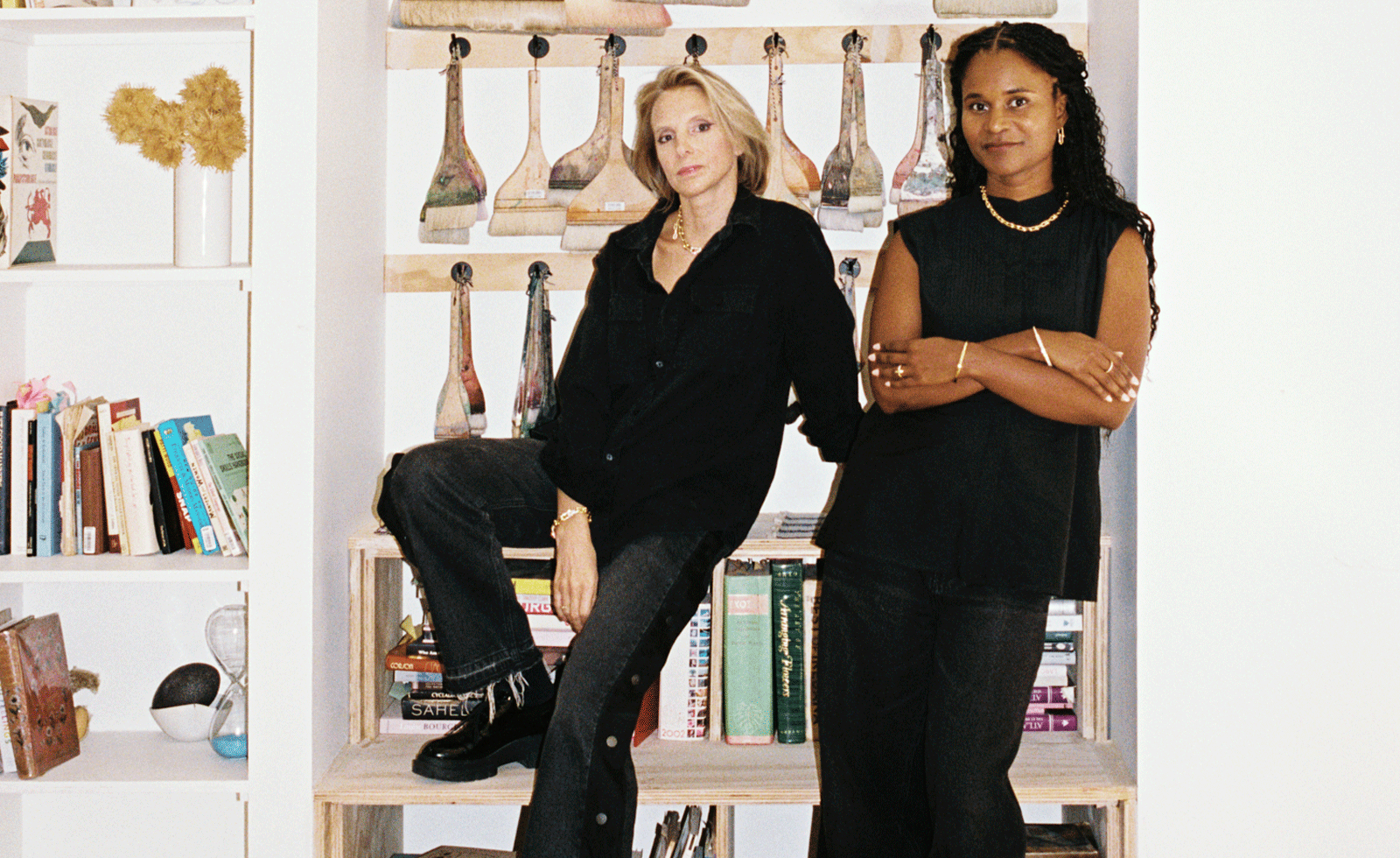 Tiffany & Co’s artist mentorship at Frieze London puts creative exchange centre stage
Tiffany & Co’s artist mentorship at Frieze London puts creative exchange centre stageAt Frieze London 2025, Tiffany & Co partners with the fair’s Artist-to-Artist initiative, expanding its reach and reaffirming the value of mentorship within the global art community
-
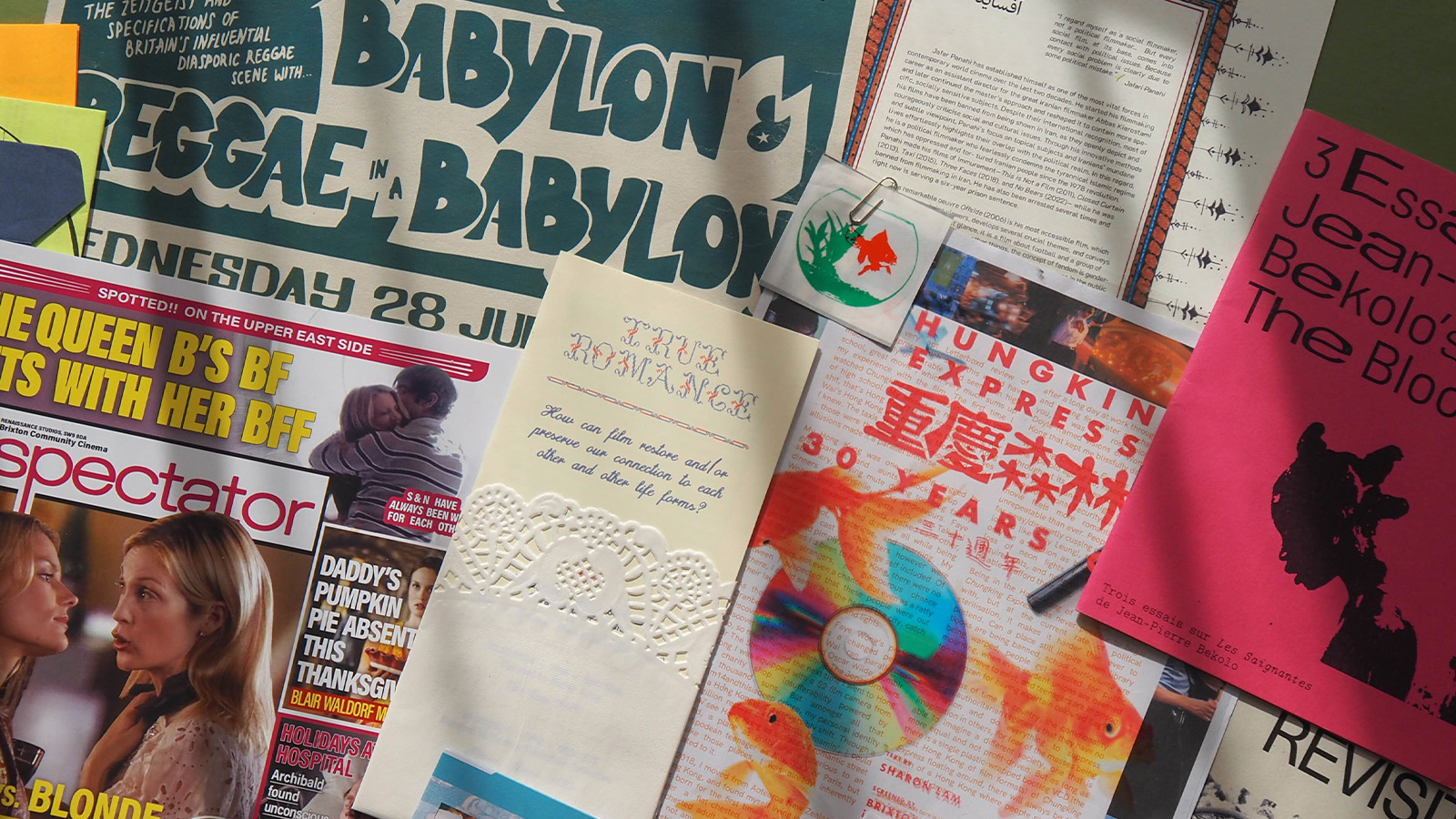 Em-Dash is a small press redefining the indie zine beyond nostalgia
Em-Dash is a small press redefining the indie zine beyond nostalgiaThe South London publishing studio's new imprint 'Practice Meets Paper' translates a chosen artist’s practice into print. Wallpaper*s senior designer Gabriel Annouka speaks with the founders, Saundra Liemantoro and Aarushi Matiyani, to find out more
-
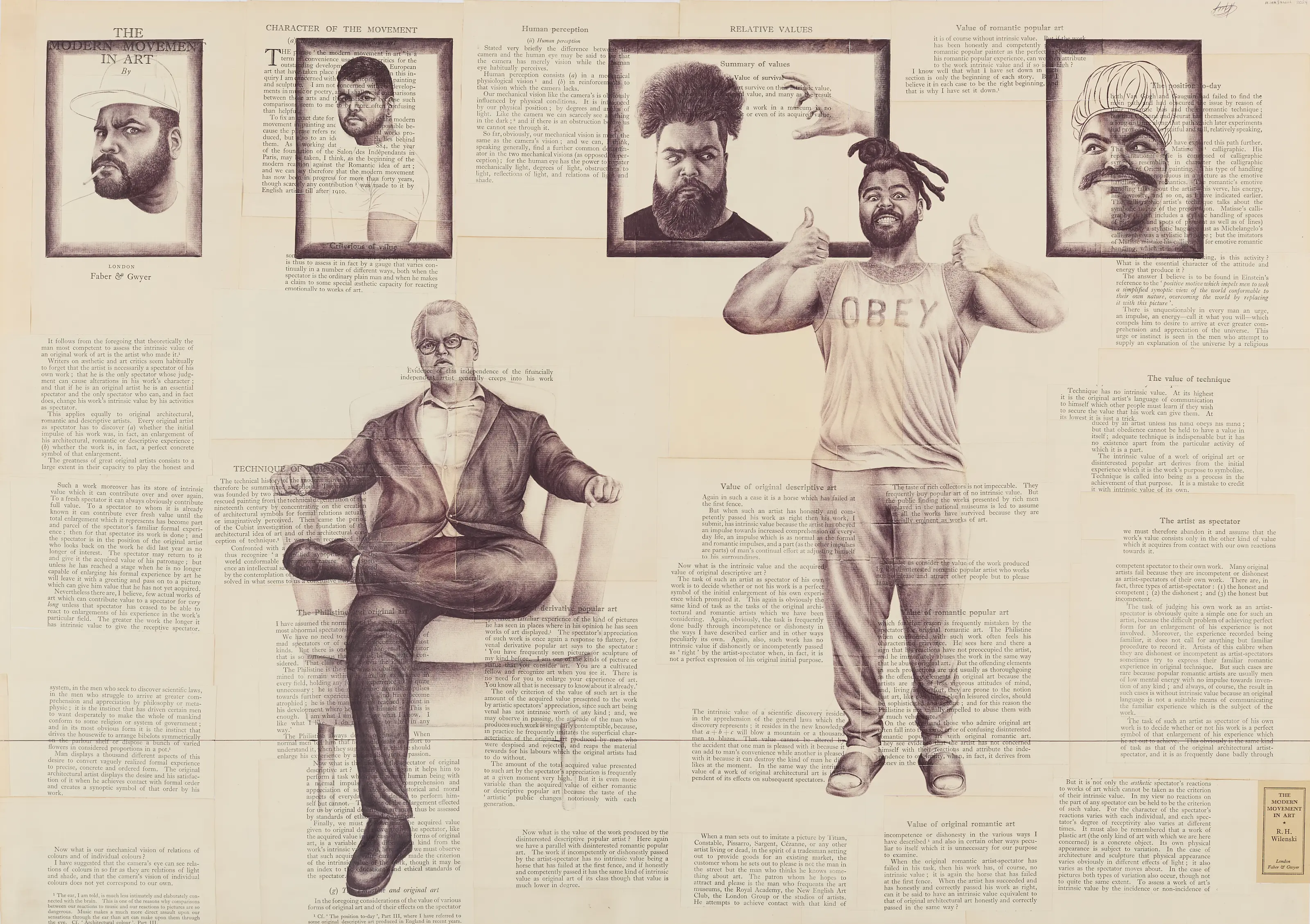 ‘It is about ensuring Africa is no longer on the periphery’: 1-54 Contemporary African Art Fair in London
‘It is about ensuring Africa is no longer on the periphery’: 1-54 Contemporary African Art Fair in LondonThe 13th edition of 1-54 London will be held at London’s Somerset House from 16-19 October; we meet founder Touria El Glaoui to chart the fair's rising influence